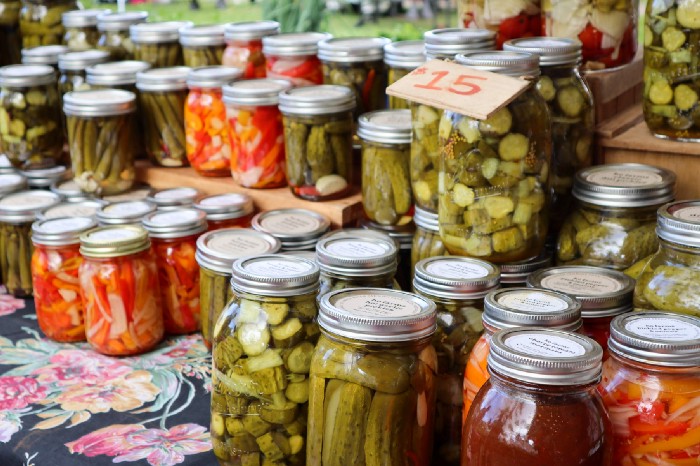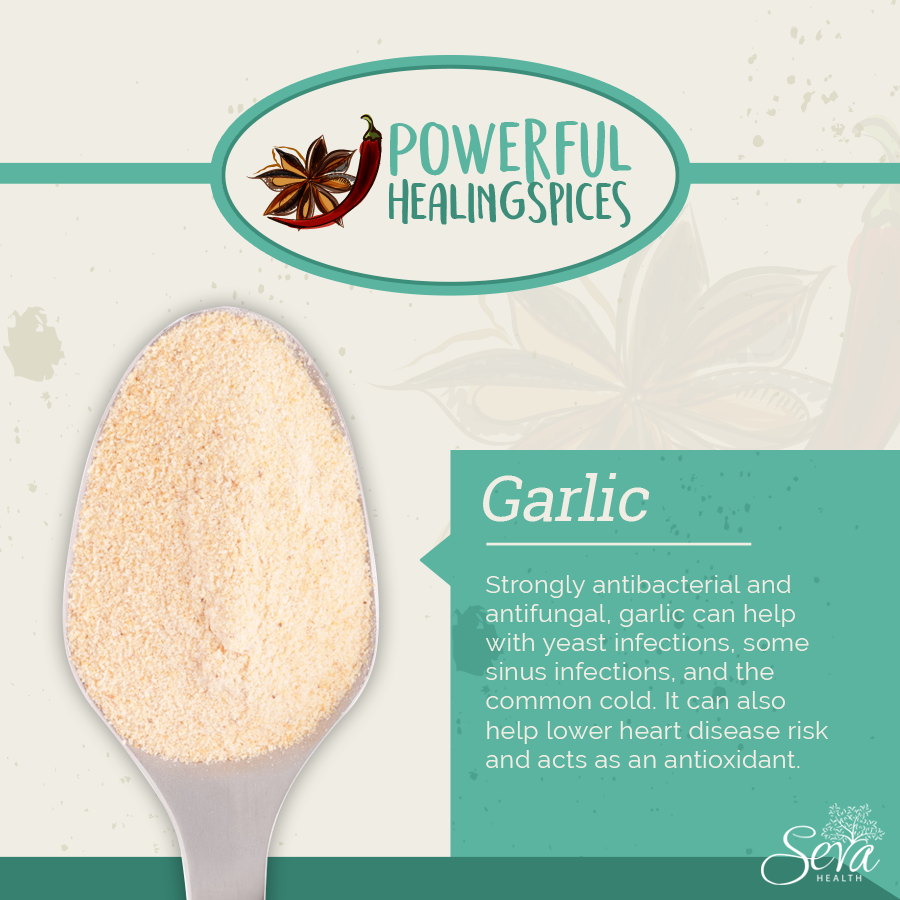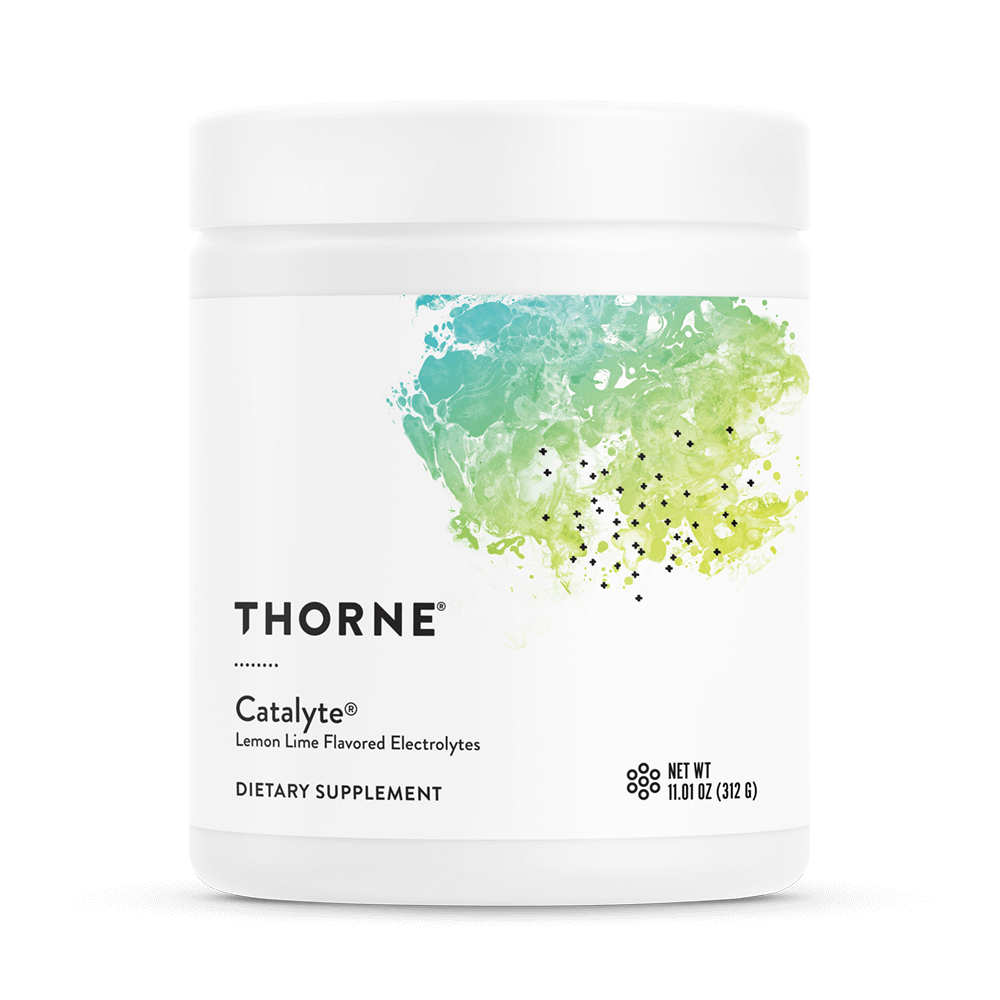
28 Sep Gut-Health: Why Changing the Environment is the First Step
Welcome to Healthy Housecalls with Angel, a weekly round-up of tips, tools, and strategies to help you live longer and live better with lifestyle medicine. Like it? Forward to a friend, who can subscribe here.
We’re heading into cold and flu season and an unhealthy gut can make your body more susceptible to infection.
More susceptible might be understating it.
According to the science, 80% of our immune system lives in our gut. These estimates can vary, but Dan Peterson, an assistant professor of pathology at Johns Hopkins University School of Medicine, says: “The gut makes up a huge part of your immune system.” A healthy gut (also known as the microbiome) makes for a thriving immune system.
So how exactly can we optimize our microbiome? What’s the best way to improve your gut health?
Despite mixed results in clinical trials, Stanford researchers have some insight. The study, although small, looked at two diets and how they affected gut health.
Fermented foods improve microbiome diversity
That’s just one conclusion from the Stanford study. Not only did fermented foods increase healthy intestinal bacteria, but they also decreased inflammation.
Participants in the experimental group ate kimchi, kombucha, kefir, and sauerkraut. Sauerkraut and kimchi are both fermented cabbage, kombucha is mushroom tea, and kefir is yogurt. The control group simply ate a high-fiber diet.
The participants were tested before beginning either the fermented food diet or the high fiber diet; they then ate their respective foods for 10 weeks and were retested. It was found that 19 inflammatory proteins decreased in the fermented foods group, and immune cell regulation improved. In addition to improving immune function and reducing inflammation, fermented foods also improved the diversity of intestinal bacteria.
Feeding into diversity
Healthy microbiomes require a healthy diet; preferably one that’s low in sugar and processed foods. You can’t just introduce good bacteria into a bad environment by simply taking a probiotic and expect it to work. Changing the environment is the first step.
With a serving or two of kimchi or sauerkraut for lunch or dinner and a probiotic drink like kefir or kombucha, you’ll get more healthy, beneficial bacteria in your microbiome. If you’re adding fermented products, make sure they don’t have added sugar as this can ruin their benefits. The probiotic power of these foods can also be diminished by certain chemicals or additives.
The fermentation process was developed as a way to preserve food without refrigeration. Fresh fermented foods might sound counterintuitive, but they’re the way to go; homemade or locally sourced is best. Not necessarily something that’s been sitting on a shelf for months.
Next time you’re at the grocery store, look for fermented foods. I can almost guarantee that in just a few short weeks you’ll start seeing big results!
If incorporating more healthy habits into your routine is your goal, check out my Fit & Functional For Life community. The community brings together people from all walks of life to learn these skills in a safe, encouraging space away from other toxic spaces on social media.
You can join today for FREE and discover new ways to redefine what a path to health and well-being can look like for you.
Click the link below to learn more and get started!

Nutritional Spotlight

Pulling Double Duty
Arabinex® consists of larch arabinogalactans, polysaccharides that are derived from Larix occidentalis, the Western larch tree. This mild-tasting, highly soluble powder mixes easily with water or juice, so it’s an ideal supplement for both adults and children. Larch arabinogalactans possess important immune-enhancing properties and are an excellent source of fiber. As a prebiotic, Arabinex can increase beneficial bacteria in the colon to support intestinal health. Its use can also increase short-chain fatty acids – mainly butyric acid – the primary fuel for the colonocytes – the cells of the large intestine. Butyric acid is produced in the colon by the fermentation of fiber, such as the fiber provided by arabinogalactans. High levels of butyrate in the colon help provide a healthy colonic environment.
Want more tips, tools and strategies to help you live longer and live better with lifestyle medicine? Join our mailing list today!

No Comments